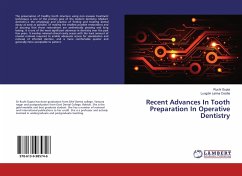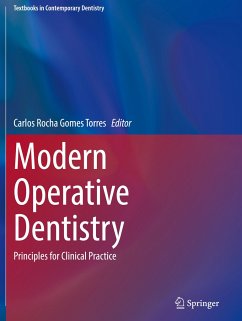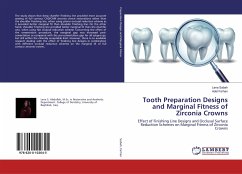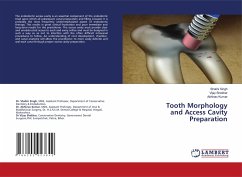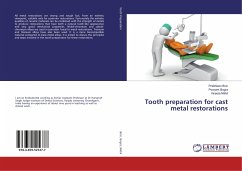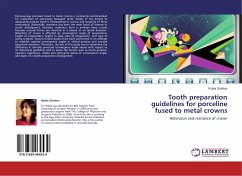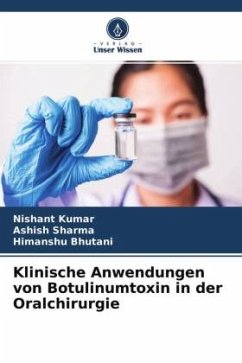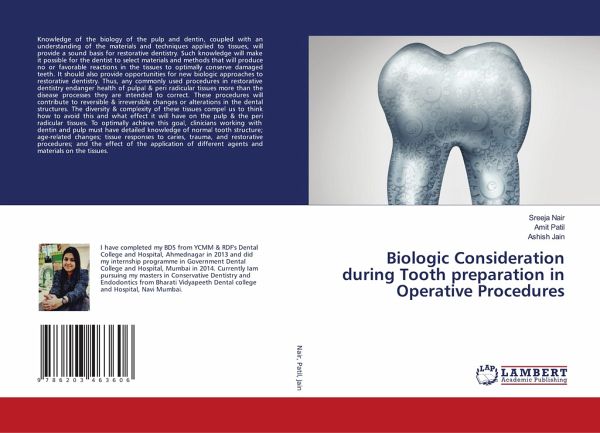
Biologic Consideration during Tooth preparation in Operative Procedures
Versandkostenfrei!
Versandfertig in 6-10 Tagen
41,99 €
inkl. MwSt.

PAYBACK Punkte
21 °P sammeln!
Knowledge of the biology of the pulp and dentin, coupled with an understanding of the materials and techniques applied to tissues, will provide a sound basis for restorative dentistry. Such knowledge will make it possible for the dentist to select materials and methods that will produce no or favorable reactions in the tissues to optimally conserve damaged teeth. It should also provide opportunities for new biologic approaches to restorative dentistry. Thus, any commonly used procedures in restorative dentistry endanger health of pulpal & peri radicular tissues more than the disease processes ...
Knowledge of the biology of the pulp and dentin, coupled with an understanding of the materials and techniques applied to tissues, will provide a sound basis for restorative dentistry. Such knowledge will make it possible for the dentist to select materials and methods that will produce no or favorable reactions in the tissues to optimally conserve damaged teeth. It should also provide opportunities for new biologic approaches to restorative dentistry. Thus, any commonly used procedures in restorative dentistry endanger health of pulpal & peri radicular tissues more than the disease processes they are intended to correct. These procedures will contribute to reversible & irreversible changes or alterations in the dental structures. The diversity & complexity of these tissues compel us to think how to avoid this and what effect it will have on the pulp & the peri radicular tissues. To optimally achieve this goal, clinicians working with dentin and pulp must have detailed knowledge of normal tooth structure; age-related changes; tissue responses to caries, trauma, and restorative procedures; and the effect of the application of different agents and materials on the tissues.



